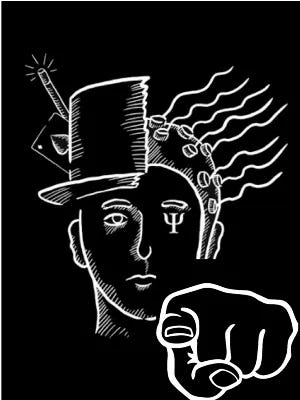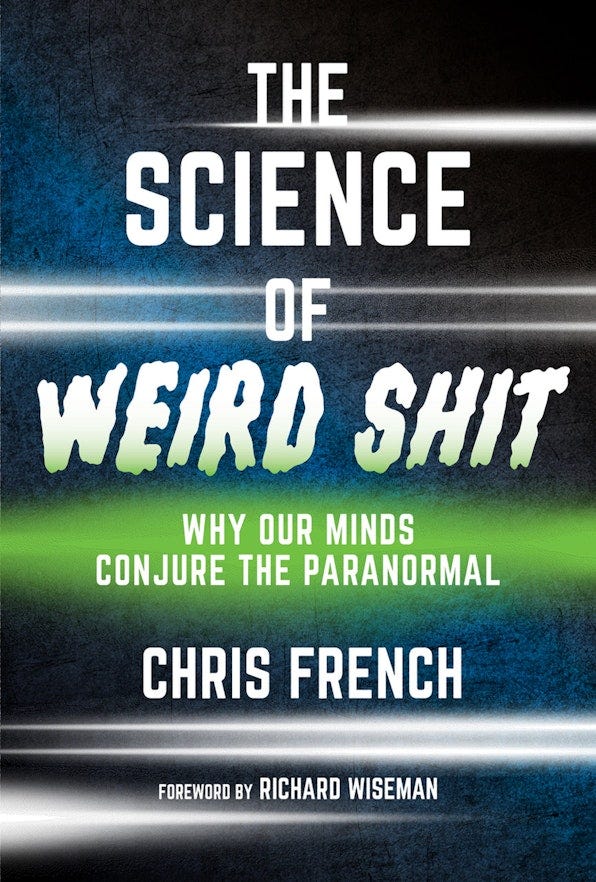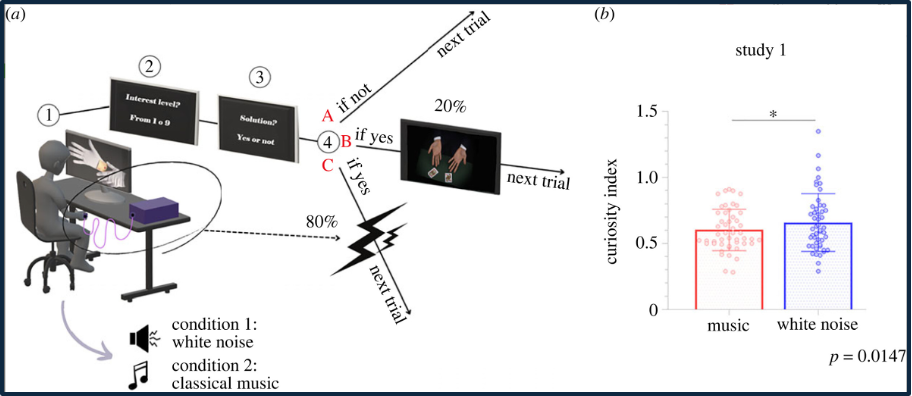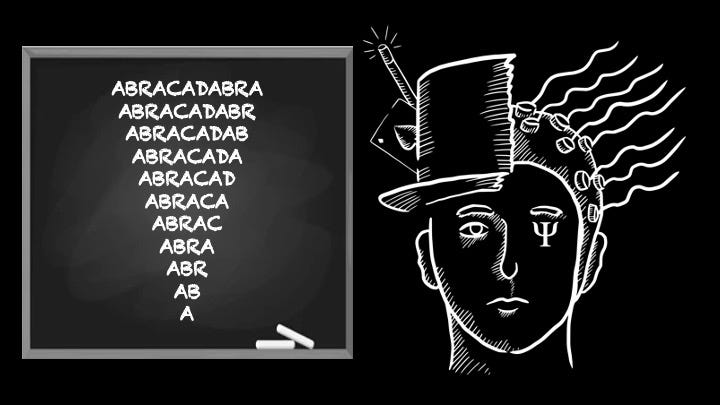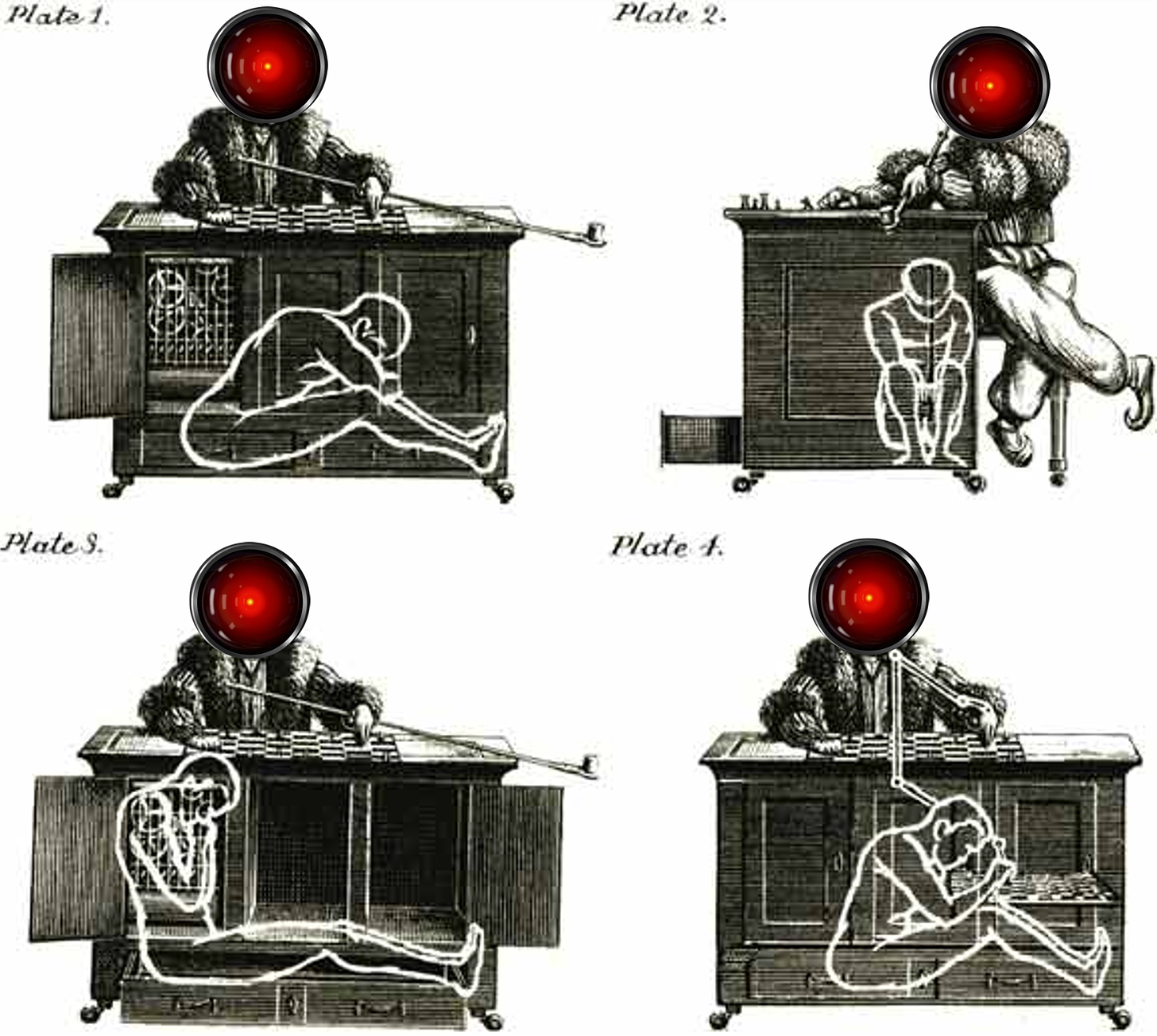Hello,
Hope this message finds everyone as well as possible! Our latest big announcement is that we are now officially soliciting presentation proposals for our upcoming conference, which will be taking place 12-13 Nov 2024 at the Golden Nugget Casino in Las Vegas. A full registration portal for the conference will be coming shortly! We’re still sorting out a few details, but we expect that registrations prices will be approximately $300 USD for a regular registration and $250 USD for student registration. For now, do submit your own proposals and also please share this call with anyone who you think might be interested in joining us.
We’ll be in touch soon with even more details about the event, and in the meantime, here’s some SoM-related news: Including a book recommendation (+podcast), a fascinating new neuroscience paper on magic experiences, and fun breaking-ish (but also age-old) story about ‘magic’ and tech.
Best wishes,
Matt Tompkins
(On Behalf of the SoMA Committee)
Open Call for Conference Abstracts!
We are now officially accepting proposals for presentations to take place at our 2024 conference. We welcome presentations from across disciplines that are themed around rigorous research or theory directed toward understanding the nature, function, and underlying mechanisms of magic and illusion. We also invite submissions from practitioners who have applied principles of theatrical magic in unique settings. SoMA is an inclusive organization that welcomes members with diverse backgrounds including science and technology, humanities, practicing magicians, and individuals who are simply interested in science and magic. In the past we’ve had an eclectic mix topics including cognitive psychology, neuroscience, positive psychology, history, aesthetics, anthropology, mathematics, robotics, and medicine.
You can submit your proposals HERE (and don’t hesitate to reach out over email if you have any questions)
New Book Announcement: Chris French’s The Science of Weird Shit
Chris French, emeritus professor, founder of the Goldsmiths Anomalistic Psychology Research Unit, and former SoMA keynote speaker has recently published a new popular science book, succinctly titled, The Science of Weird Shit, that focuses on the psychological explanations for a vast variety of extraordinary experiences including ghostly encounters, alien abductions, reincarnation, talking to the dead, UFO sightings, inexplicable coincidences, out-of-body, and near-death experiences. I can highly recommend this book for anyone interested in weird stories, science communication, paranormal claims, magic, and skepticism (which probably applies to most of you folks reading this)! Full disclosure: Chris is a friend and mentor of mine, but I genuinely think he does a remarkable job of not just approaching these topics from a rigorous scientific perspective, but also a rigorously humanistic one.
More information on the book can be found HERE on the publisher’s website
And you can also listen to a recent Guardian interview with Chris HERE
New Paper Using Neuroimaging and Magic Tricks to Explore Curiosity and Aesthetic Experiences
A new paper by Paolo Barbieri and colleagues has been published in Philosophical Transactions of the Royal Society. This is a fascinating study that used the Magic Curiosity Arousing Tricks (MagicCATs) stimuli set originally developed by Ozono et al. (2021) to explore the neural correlates of aesthetic appreciation, curiosity, and anxiety. Their experiments shed new light on why watching magic performances can elicit curiosity rather than anxiety. In other words, why are the illusions of impossibility central to magic performances considered fun as opposed to simply being disturbing? Surprises, deceptions, and expectation violations are often integrated into art- including magic, comedy, and music, but they are not necessarily inherently enjoyable. The authors use novel brain imaging data to argue that feelings of aesthetic appreciation may act as a sort of ‘valve,’ allowing spectators interpret the novelty and unexpected nature of illusions as experiences to be approached and explored, rather than as sources anxiety and aversion.
You can read the full paper HERE
Reminder: Survey of ‘Magic in the Classroom’ Resources
I also wanted to signal boost that we’re still looking to collect and showcase examples of how magic is/can be used in teaching and science communication. (Big thanks to all the folks who have already been in touch!)
More details HERE, along with some examples
‘Magic’ in the News: Amazon’s Mechanical Turk-ing of ‘Just Walk In’ Shopping
Last week, Amazon reportedly began rolling back their ‘Just Walk Out’ shopping system. The system had been marketed as a sort of super-self-checkout, where customers could scan their card at the door of store, collect items from shelves, and be automatically billed for whatever they left with, all without ever interacting with a cashier or even a self-checkout machine. In past press releases, Amazon described the technology as “feeling like magic,” declaring: “The feat is a combination of computer vision, object recognition, advanced sensors, deep machine learning models, and generative AI—a type of artificial intelligence that has recently captured the public’s imagination.” The latest news of the program’s end has resulted in an increased scrutiny and some fresh attention to reporting by Theo Wayt of The Information, who had revealed last year that the seemingly automated technology actually relied on thousands of human workers in India who had to manually label video footage. As of mid-2022, 70% of ‘Just Walk Out’ purchases required direct human intervention to be accurately processed (Amazon disputed this characterization but did not provide any alternative numbers regarding the efficacy of the automation). It’s a fascinating story in that it exemplifies the cycles of sensationalist hype and counter-hype around current AI discourse. On one hand, ‘Just Walk Out’ seems to have involved some genuinely novel and advanced tech, but Amazon’s push to capitalize on it’s ‘magical’ nature, while dramatically downplaying the role of humans, has lead to a very public backlash with folks now declaring that whole premise of program is a complete hoax. Even if the tech worked as the marketing materials implied, it would have still have involved a massive human undertaking on the backend to engineer and train the system. Either way, it’s great media drama about the problems of dissociating effect from method in science/tech-related communications that pleasingly evokes past stories from magic history like the automaton chess player and Maskelyne’s Psycho.




